
Mr. Le Ho plays the conch shell at the Hoang Sa soldiers' memorial ceremony.
Mr. Vo Chu and Mr. Le Ho, the uncle and nephew of An Vinh village, Ly Son island, are artisans who have preserved the sound of the snail shell for decades. Every year, on the day of the Hoang Sa soldiers' memorial service, the deep, mournful sound of the snail shell resounds as an indispensable part of the sacred ceremony.
Mr. Le Ho said that in the past, villagers used to use the conch shell to patrol the island and the onion and garlic fields. When they discovered a thief, they would blow the conch shell to send an alarm signal. But the sound of the conch shell was not played randomly - it was only allowed to be played during the Khao Le ceremony. Villagers avoided blowing the conch shell inside their houses or in residential areas because they considered it a call to the soul, associated with sacredness and loss.

Mr. Le Ho teaches his grandson how to play the conch shell.
After Mr. Vo Chu passed away, the technique of blowing the u-conch was passed on to his nephew-in-law, Mr. Le Ho. For nearly 10 years now, artisan Le Ho has continued the work of preserving the sacred u-conch sound on the island. Mr. Le Ho said that to blow the u-conch well, the blower must regularly practice how to hold the breath and regulate the sound. Since the age of 18, he has been passionate about this job and was enthusiastically taught by Mr. Vo Chu. Thanks to his skillful technique, the sound of the u-conch he blows can resonate far and wide, with high and low notes, allowing many elderly people in the village to guess the meaning of each tone just by listening.
The rapid, continuous sound is an alarm signal, often used when detecting a thief. The long, sad sound is the conch shell sound in the oath-taking ceremony - a farewell to soldiers who went to Hoang Sa and never returned.
In particular, during the boat launching ceremony, the sound of the conch shell must resound like a battle trumpet, carrying the aspiration for "smooth sailing", adding spiritual strength to the Hoang Sa soldiers of the past who set out on their sacred mission for the Fatherland.

Mr. Ho introduced to guests the origin of the snail.
Not only did he continue his career of blowing conch shells, Mr. Le Ho was also taught by his uncle, Mr. Vo Chu, how to make offering boats and perform important rituals in the Hoang Sa Soldiers' Memorial Ceremony. Now over 60 years old, his health gradually declining, he began to focus on passing on his profession to the younger generation in the village.
Every day, after finishing his farm work, he spends time instructing his children how to blow the conch shell so that it resonates, is in the right rhythm, and has the right soul. To tourists or cultural researchers who visit the island, Mr. Le Ho is always willing to sit for hours telling stories about the profession of blowing the conch shell - a profession that not only brings sound, but also carries the soul of the sacred history of the homeland's islands.

Mr. Vo Chu, the teacher who taught Mr. Ho how to play the conch shell

Ly Son sunset
Currently, Mr. Le Ho is nurturing the idea of turning his own house into a small home museum, displaying artifacts related to the sound of Hoang Sa conch shells - a part of the sacred memory of Ly Son island. He hopes to receive attention and support from researchers, local authorities and the Department of Culture - Tourism of Quang Ngai province to realize that wish.
According to him, a space to preserve such vivid memories would be much more valuable than cultural houses built and then left abandoned, lacking vitality. Because this place not only preserves artifacts, but is also a place where people and tourists can directly listen to the stories and sounds that once echoed in the Hoang Sa sea and sky from the people involved.
Source: https://baodantoc.vn/nguoi-thoi-oc-uo-ly-son-1748490700535.htm






![[Photo] Binh Trieu 1 Bridge has been completed, raised by 1.1m, and will open to traffic at the end of November.](https://vphoto.vietnam.vn/thumb/1200x675/vietnam/resource/IMAGE/2025/10/2/a6549e2a3b5848a1ba76a1ded6141fae)



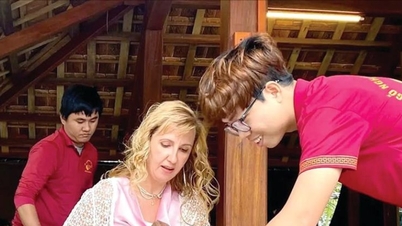




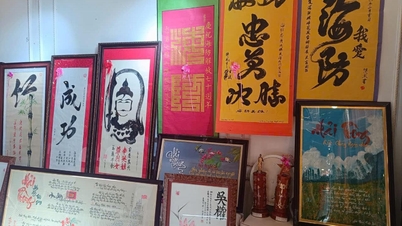

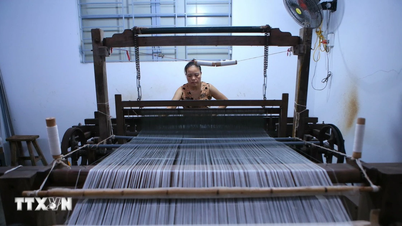



















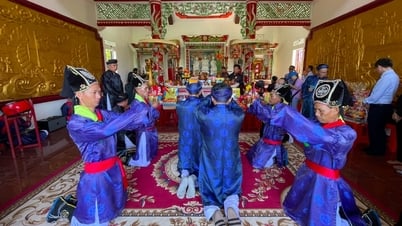

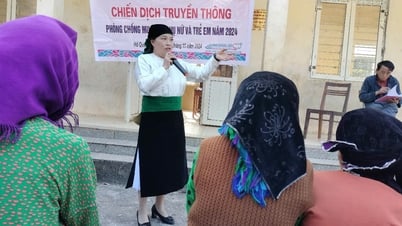








































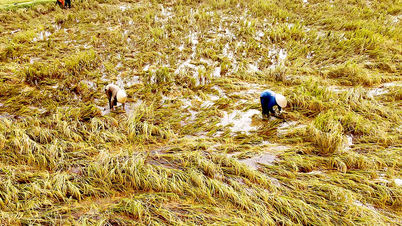

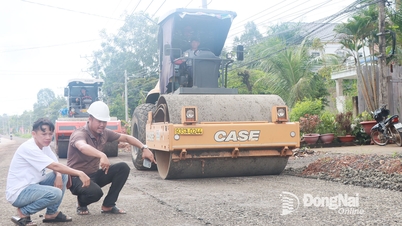
















Comment (0)